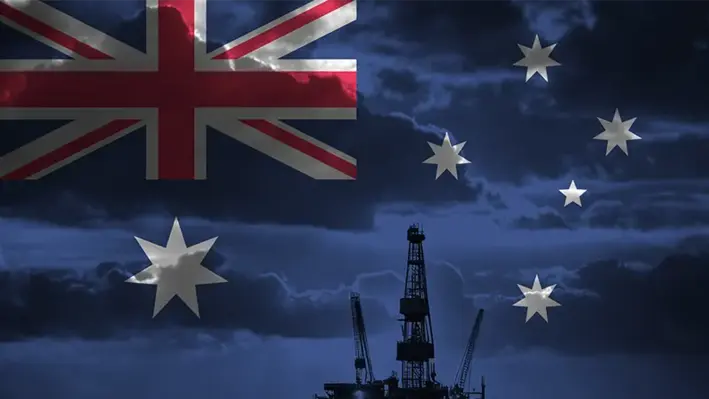 Following the release of a new study exploring the infrastructure and capabilities required to support offshore oil and gas decommissioning in the Northern Territory, a timetable of potential projects and opportunities is coming into focus.
Following the release of a new study exploring the infrastructure and capabilities required to support offshore oil and gas decommissioning in the Northern Territory, a timetable of potential projects and opportunities is coming into focus.
It begins with subsea infrastructure and mooring systems associated with the Northern Endeavour project, coming ashore from 2025, and continues through the decades culminating with potential involvement on Ichthys, coming ashore from 2058 onwards.
However, the intermittent nature of the work means the establishment of a permanent, local decommissioning and abandonment (D&A) workforce is unlikely to be economic, compared with resources and labour at rival locations, notably Western Australia (WA).
Australia's Centre of Decommissioning (CODA) released its Northern Territory report in July highlighting some of the limitations of the region, as well as areas in which it can play a meaningful role in the nation’s decommissioning efforts.
“It is not deemed credible for large fixed facilities (i.e., non-wellhead platforms) or floating facilities to be decommissioned in the Northern Territory,” the report notes.
However, the state does appear to hold a great deal of promise in aiding work to process related subsea infrastructure and mooring systems.
From a planning perspective, CODA states, the following are the most credible oil and gas decommissioning opportunities in the Northern Territory:
2025: Subsea infrastructure and mooring systems associated with the Northern Endeavour, coming ashore from 2025.
2032-2036: Subsea infrastructure, mooring systems and a wellhead platform associated with Montara, coming ashore between 2032 and 2036.
2038: Subsea infrastructure, mooring systems (CALM buoy) and a wellhead platform associated with Blacktip, coming ashore from 2038.
2047-2052: Subsea infrastructure and mooring systems associated with the Prelude and Crux developments, coming ashore between 2047 and 2052.
2050-2055: Subsea infrastructure, mooring systems and a wellhead platform associated with the Barossa and possibly the Bayu Undan developments, coming ashore between 2050 and 2055.
2058-2063: Subsea infrastructure and mooring systems associated with Ichthys, coming ashore from 2058 and 2063.
Crucially, the report suggests that based on the estimated decommissioning dates, there does not appear to be significant overlaps in the decommissioning windows of the various developments.
Lack of overlap means that each decommissioning campaign will need to be established separately – including leases on land, and mobilisation of a workforce and equipment.
“Between the defence and offshore oil and gas industries, there is unlikely to be the demand to sustain a continuous decommissioning workforce especially compared with other jurisdictions such as WA,” it notes.
“Given decommissioning requires specialist capability, this will result in a short-term or ‘project’ based workforce,” it adds.




